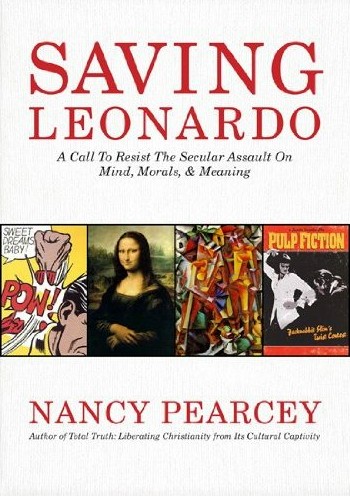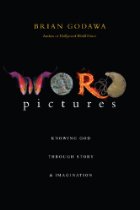 This book by a Sovereign Grace pastor is like having a motivational speaker in paper form. It's not incredibly deep, and the content is not overly original, but what is said is said enthusiastically, optimistically, helpfully, and clearly. Altrogge reminds his readers that part of being created in the image of God is that we all have the ability to create and that this ability is given to us in order to bring praise to God, not ourselves. Since worship is the motivation, we can be free from the hindrance of fearing what people think of our creativity. And as we continue to be faithful in flexing our creative muscles, we will often improve the quality and efficiency of our creations.
This book by a Sovereign Grace pastor is like having a motivational speaker in paper form. It's not incredibly deep, and the content is not overly original, but what is said is said enthusiastically, optimistically, helpfully, and clearly. Altrogge reminds his readers that part of being created in the image of God is that we all have the ability to create and that this ability is given to us in order to bring praise to God, not ourselves. Since worship is the motivation, we can be free from the hindrance of fearing what people think of our creativity. And as we continue to be faithful in flexing our creative muscles, we will often improve the quality and efficiency of our creations.
Altrogge also confronts other excuses we often give for not starting or finishing creative projects, like laziness, doubt, and business, showing from Scripture why those are not legitimate reasons for neglecting and failing to foster what talents and passions God has given us.
As someone who struggles with all of these excuses, and as someone who firmly believes that Christians need to once again be a meaningful voice - if not the dominant, trailblazing force - in culturally important sectors such as art, exploration, and literature, this book was a great little reminder and motivator.


